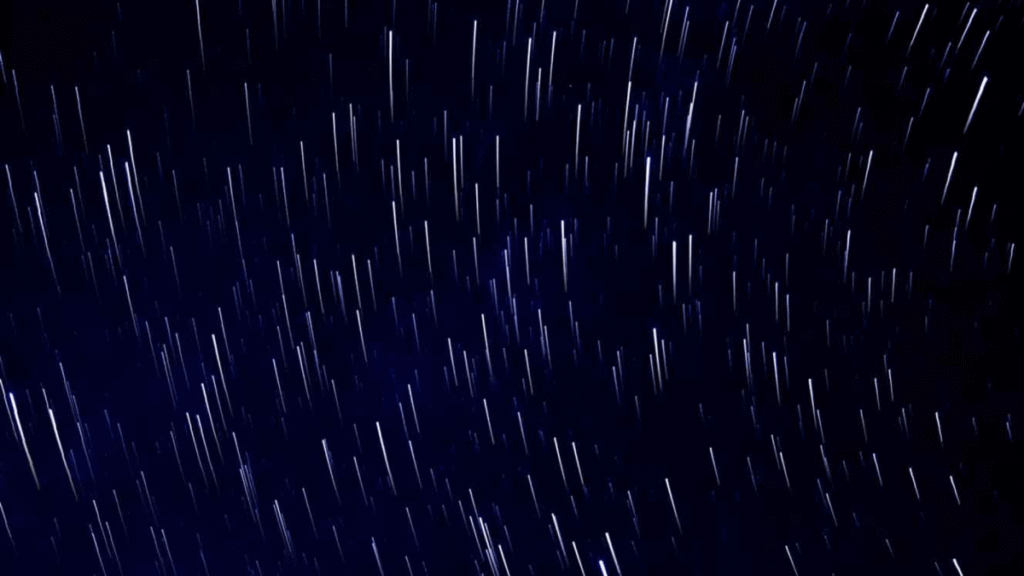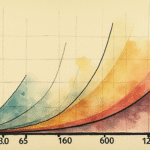What are the Perseids?
The Perseids are an annual meteor shower originating from the debris trail of Comet 109P/Swift-Tuttle. As Earth crosses this cosmic debris field between mid-July and mid-August, the fragments enter Earth’s atmosphere at high speeds, burning up and creating bright streaks across the night sky. These meteors are called “Perseids” because their radiant, or point of origin, is near the constellation Perseus.
When and How to Observe the Perseids in 2025
The optimal time to view the Perseids in 2025 will be the night of August 12-13, with peak activity around 10:00 PM. Despite a bright waning gibbous moon (84% illuminated), observers may still catch glimpses of the meteor shower, especially in areas with minimal light pollution. To enhance your viewing experience:
- Move away from urban areas with high light pollution.
- Focus your gaze on darker regions of the sky, preferably opposite the moon’s position.
- Allow your eyes to adjust to the darkness for at least 20 minutes before starting your observation.
Although the lunar conditions in 2025 are not ideal, the Perseids still offer a unique opportunity to connect with the night sky and enjoy an annual celestial spectacle. Under optimal conditions, up to 100 meteors per hour can be observed; however, this year only the brighter meteors are likely to be visible.
Beyond the meteor shower itself, the Perseids hold cultural significance. In many European countries, they are also known as “lágrimas de San Lorenzo” (Tears of Saint Lawrence) due to their proximity to the August 10 feast day of the Christian martyr.
What’s Next in the Astronomical Calendar?
Following the peak of the Perseids, several notable meteor showers await us:
- Orionids (October 22-23): with almost new moon, ideal viewing conditions.
- Southern and Northern Taurids (early November): abundant in fireballs.
- Leonids (November 16-17): intensity varies, with moon at 9%.
- Geminids (December 13-14): the year’s most intense shower.
- Quadrantids (January 3-4, 2026): with full moon, but potentially spectacular.
Key Questions and Answers
- What are the Perseids? The Perseids are an annual meteor shower originating from Comet 109P/Swift-Tuttle’s debris trail.
- When is the best time to watch the Perseids in 2025? The optimal viewing time will be the night of August 12-13, with peak activity around 10:00 PM.
- How can I improve my Perseid observation? Move away from light-polluted urban areas, focus on darker sky regions opposite the moon, and allow your eyes to adjust to darkness for at least 20 minutes.
- What makes the Perseids culturally significant? In many European countries, they are known as “lágrimas de San Lorenzo” due to their proximity to Saint Lawrence’s feast day on August 10.






